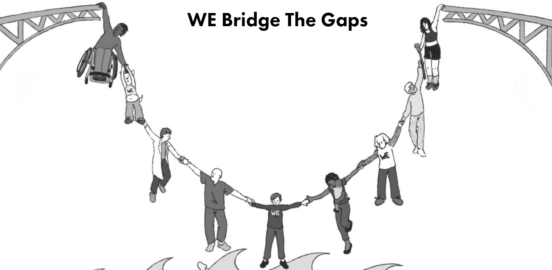Trust

Are the tools we use to make care decisions really designed with us in mind?
By Alan Balch
We know that patients value and respect honest, open communications with their health providers, and that understanding what matters to patients is critical to shared decision making. Additionally, in many instances, both patients and providers need support and resources to ensure that these conversations happen and that they lead to a co-created care plan.
Decision support tools (DSTs) encompass a wide range of approaches to promoting and structuring patient-centered care and genuine shared decision making. DSTs are increasingly being incorporated into clinical practice and assuming higher levels of priority in assessing how best to make sure that every patient gets the right treatment at the right time. Achieving that goal (by definition) means understanding not just the clinical options available, but also how those options fit patient, values, align with their perspective, life needs including goals of care.
This requires an informed, purposeful effort to integrate patient voices and points of view into the development and utilization of DSTs, and to evaluate how and when to utilize these tools. While there has been excellent work in the area of developing tools and evaluation criteria, there is also a gap when it comes to specific, patient-centered approaches. Do DSTs address real patient issues, including those not directly related to clinical options? Are the tools comprehensive, transparent, clear and easy to use? What criteria do we use to assess these points, and how can they become the basis for accreditation of tools?
We are well into a major initiative to build on the existing body of work and to develop criteria for DSTs that are truly patient-centered. Our goal is to create a foundation that can be used to evaluate existing tools and disseminate best practices for future tool makers. This project is central to our mission of understanding how patients make decisions, engaging them in every step of the process and providing education and tools that support and advance patient-centered care. The end product will be a framework on which we can build and evaluate DSTs that put the patient perspective at its very center.
We thank our many collaborators and partners for their efforts in allowing us to move forward. Through this site, we will continue to provide updates on our progress.
Trust
Caregiving, Health Literacy, Needs Navigation, Trust
Caregiving, Storytelling, Trust
Costs, Health Literacy, Insurance, Needs Navigation, Trust



